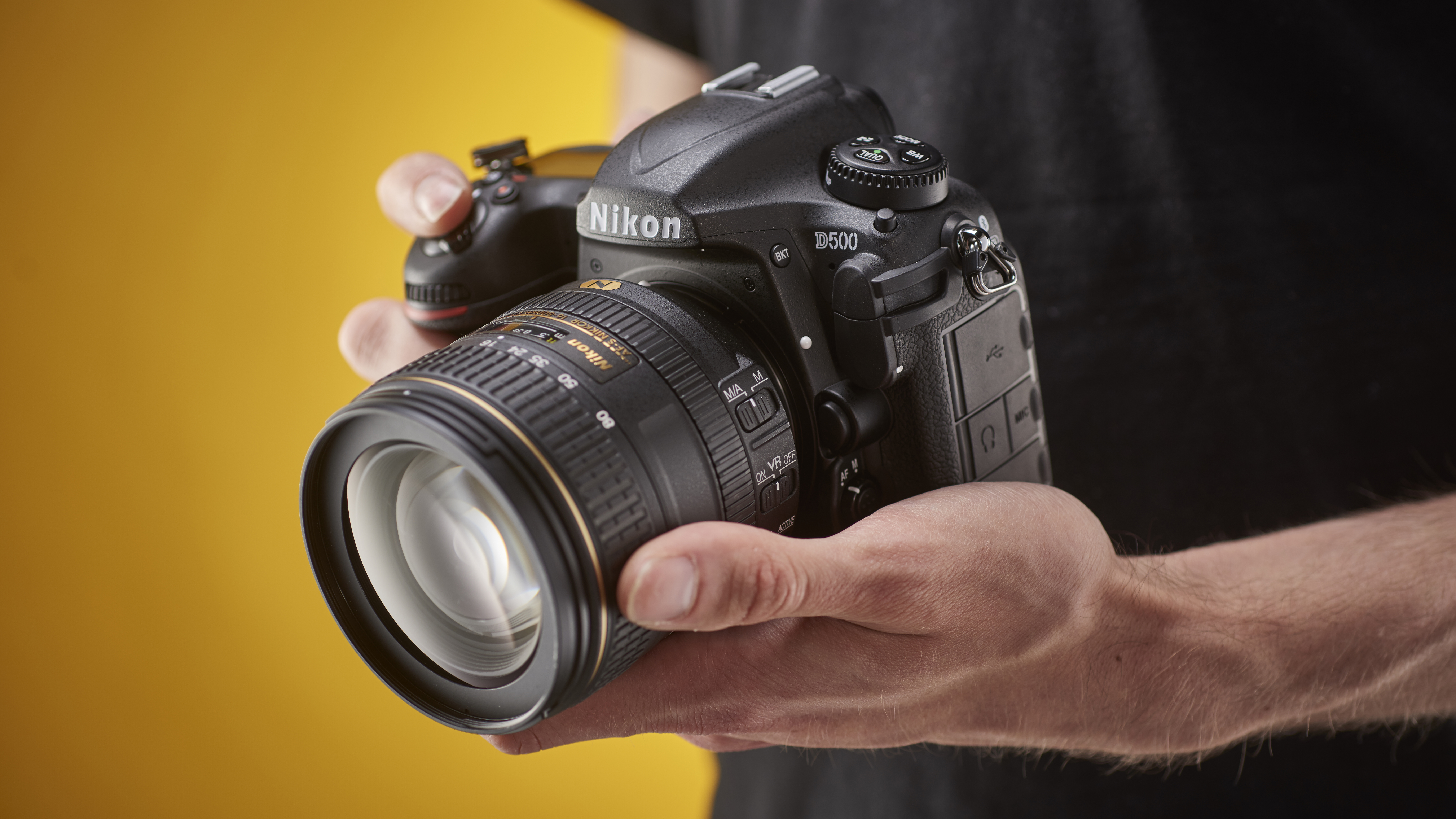
Okay, we admit it – it’s an impossible question. The best camera for a pro photographer is a million miles from the best camera for an adventure sports nut. So what we’ve done is pick out what we think are the standout cameras in their fields. This may be because they have the most amazing features and specifications, because they’re amazing value for what they offer or because they are just brilliant at the job they’ve been designed for.
Along the way we’ll explain some of the jargon and the differences between cameras, though if you need a bit more help deciding what kind of camera you need, you can get a lot more information from our special step-by-step guide: What camera should I buy?
On the other hand, you may already have a clear idea of the kind of camera you want, in which case you could go straight to one of our more specific camera buying guides:
New and exciting cameras are coming out all the time, of course, and we’ve got a whole bunch on our shortlist that we want to get in for a proper review, including the latest models from Nikon, Olympus, Canon and Fuji.
If you want to know what else might be coming along later this year, take a look at our in-depth Camera Rumors 2016 article.
But if you just want to know what we think are the top ten standout cameras you can buy right now – regardless of user level or price point – then keep on reading. These are cameras we’ve tried and tested ourselves, so if you want to know any more about any of them, just click the link to the full review.
Fuji’s update to the X-T1 may look similar at first glance, but there have been some big improvements and perhaps the biggest of all is the autofocus. A huge leap forward compared with the system found in the X-T1, AF tracking of moving subjects is very snappy, while the level of sophistication and customisation is impressive. Add in 8 frames per second burst shooting, a clever double-hinged rear display, bright EVF, Fuji’s excellent 24.3MP X Trans III CMOS sensor and plenty of body mounted controls and you’re left with one of the best cameras available today.

Canon’s 5D series of cameras has a rich heritage – the original EOS 5D bought full-frame photography to the masses, the Mark II unleashed Full HD video capture for the first time on a DSLR, and while the Mark III became a firm favourite amongst photographers. The 5D Mark IV pretty much tweaks and improves on everything before it. With a new sensor that delivers pin-sharp results, a 61-point AF system that’s incredibly advanced and some very polished handling, the 5D Mark IV has to be one of the best DSLRs we’ve seen.
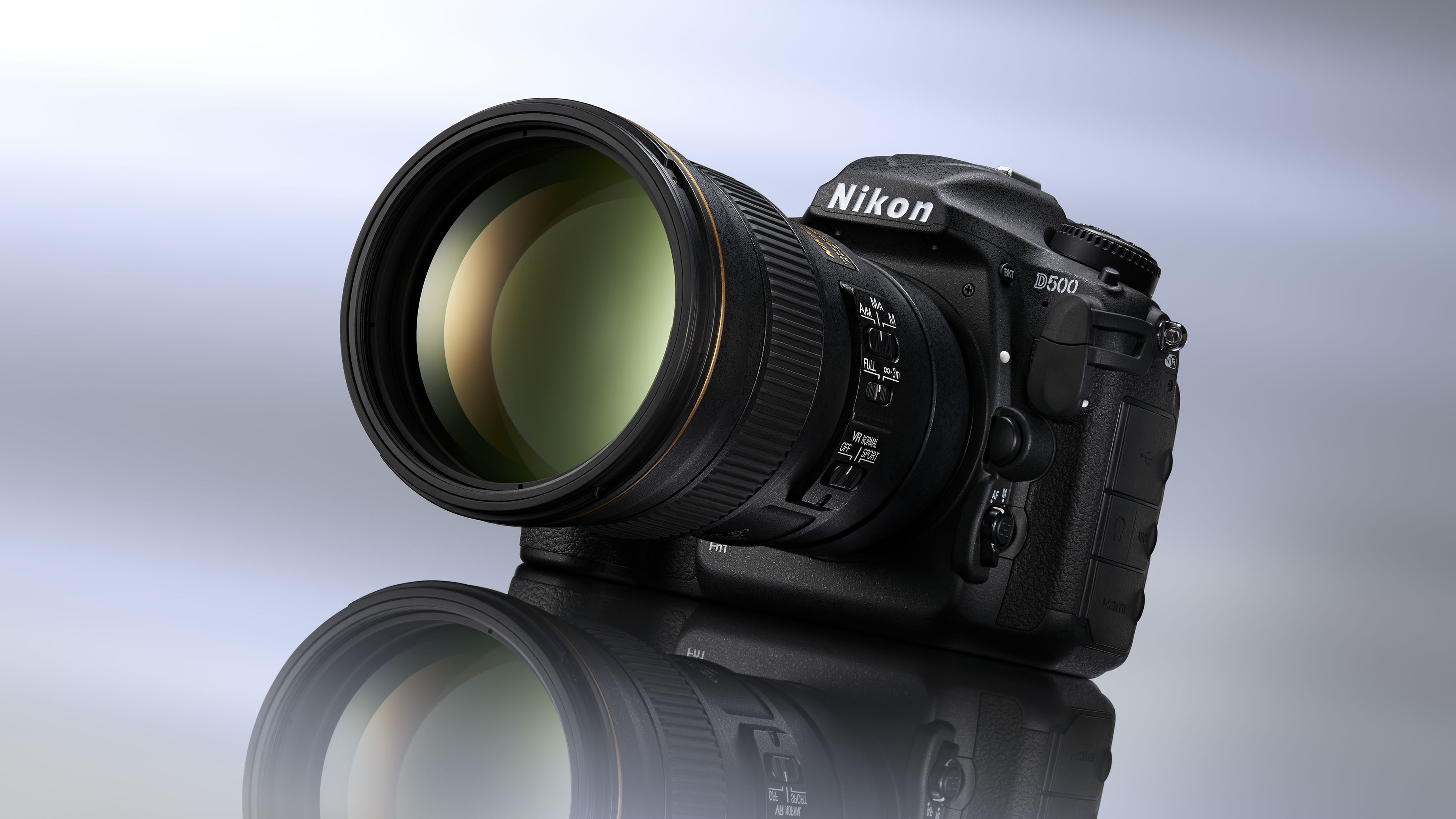
Nikon has taken their flagship D5 DSLR and most of its high-end features and distilled all of this into a smaller, but still very durable metal body. The full-frame sensor is replaced by an 20.9MP APS-C sized chip, so it hasn’t got quite the same resolving power as the D7200, but it does mean the D500 can shoot at a rapid 10fps, while the 153-point AF arrangement is perhaps the best autofocus system out there right now. A brilliant all-rounder, it excels at fast action like sports and wildlife photography.
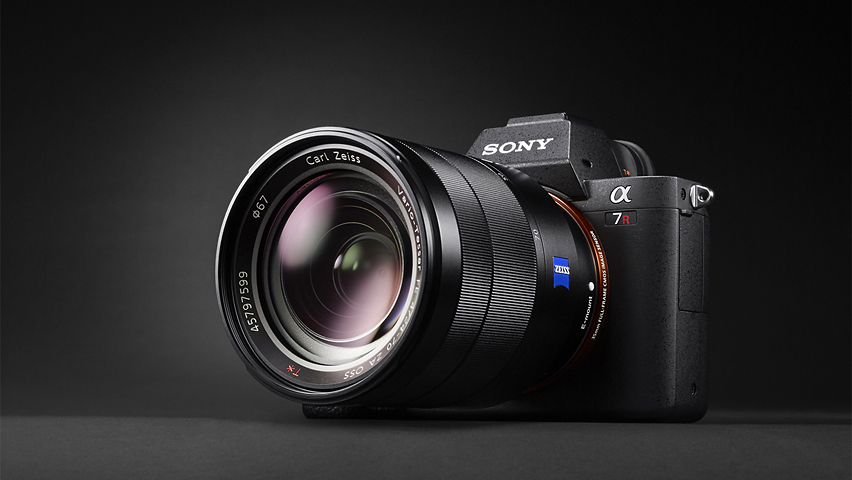
Once, if you wanted a professional quality full frame camera it had to be a Nikon or Canon DSLR. But Sony has changed all that with its mirrorless A7 series cameras, and the A7R II is its highest resolution model. Its 42.4 megapixel sensor is second only to the 50-megapixel sensor in the Canon 5DS for resolution, yet the A7R II is only two-thirds the size and weight of the Canon. It has a high-resolution electronic viewfinder and 5-axis image stabilization built into the camera body, and the full-time live view that’s integral to the mirrorless design gives Sony’s A7-series cameras a real advantage for video.

Nikon’s D3400 might have replaced it, but the D3300 is still our top pick when it comes to entry-level DSLRs. Why? Unless you want improved connectivity, then the D3300 is pretty much identical to the D3400 and quite a bit cheaper. The 24.2MP sensor resolves bags of detail and like much like pricier Nikon DSLRs, it does away with an anti-aliasing filter to maximise image sharpness. This is also a very easy camera to live with thanks to its clever Guide Mode feature. This is great for first-time users as it gives real-time explanations of important features to help you learn as you shoot.
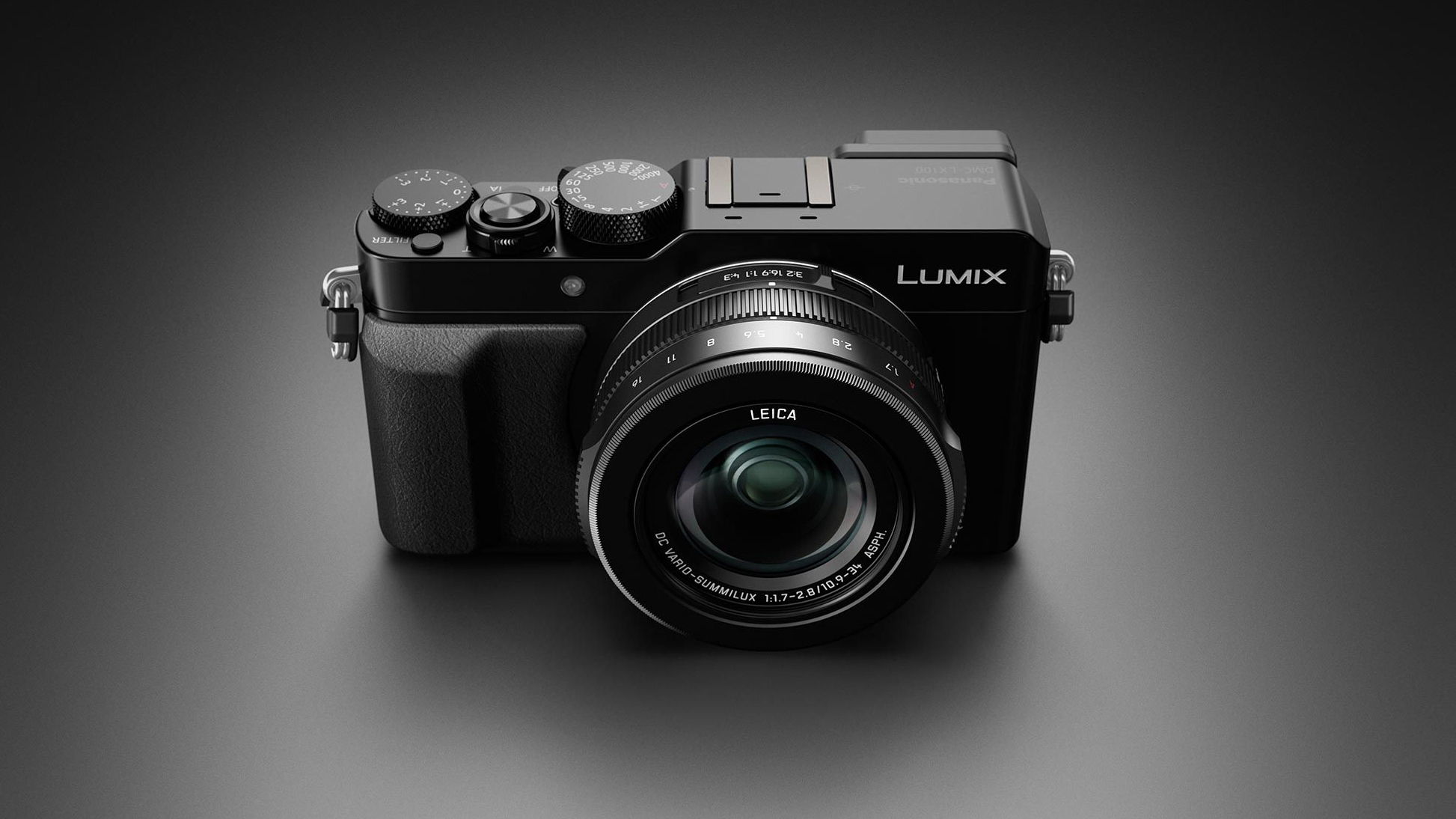
While there are a raft of premium 1.0-inch compact cameras out there, we’re still huge fans of the LX100 from Sony. Its multi-aspect ratio sensor only delivers 12 million pixels, even though the sensor has 16 million, and it’s just a little too big for the average pocket. Otherwise, it’s a dream. Somehow, Panasonic has squeezed a mirrorless camera sized Micro Four Thirds sensor into its compact camera sized body, and a 4x zoom lens to go with it with a maximum aperture of f/1.7-2.8. It’s topped off with traditional external controls for lens aperture and shutter speed, and it’s like using a beautiful classic camera with all the advantages of modern digital imaging.
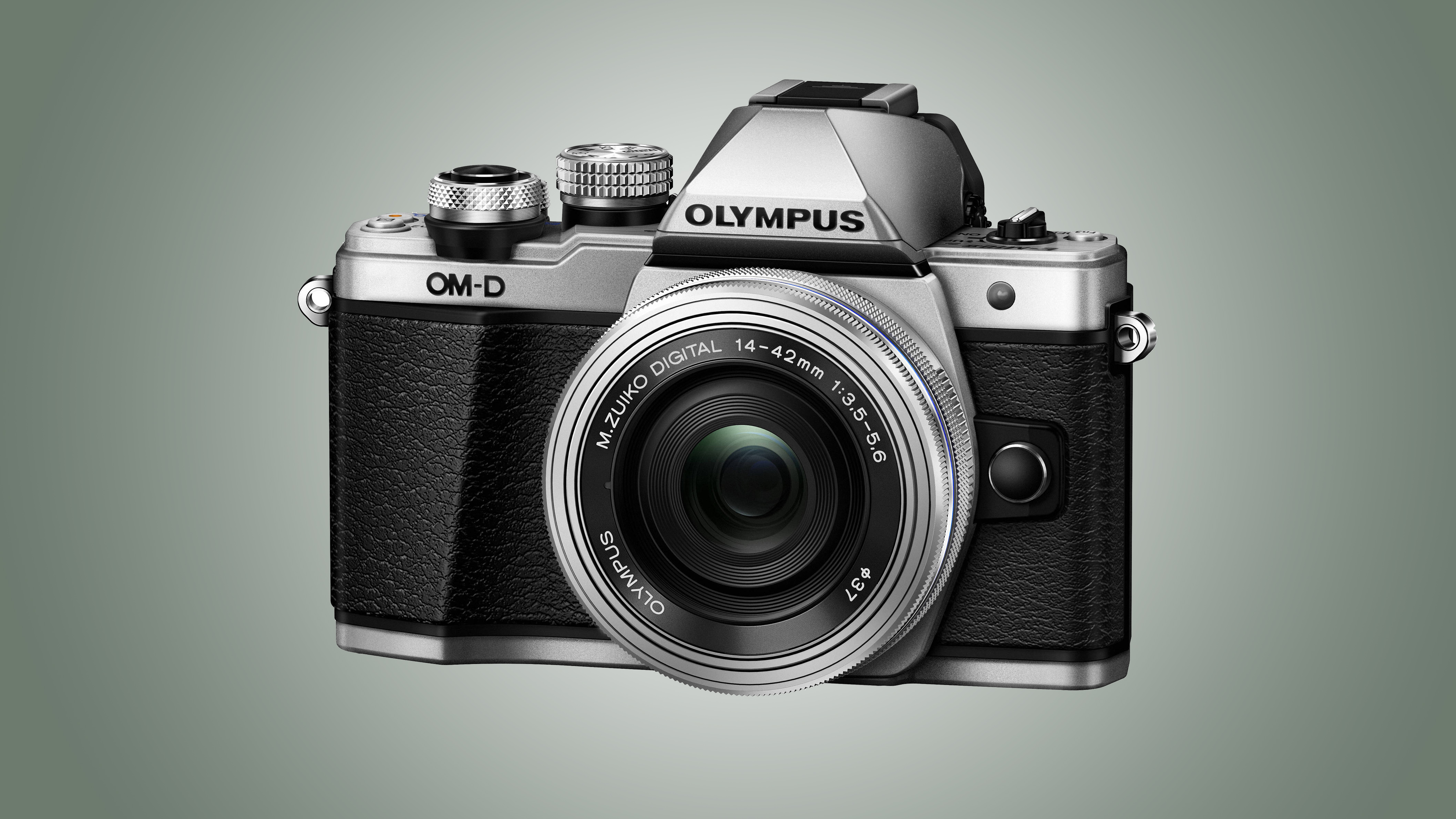
We loved the original E-M10 for its size, versatility and value for money, but the E-M10 II adds features that take it to another level. The old camera’s 3-axis image stabilization system has been uprated to the 5-axis system in Olympus’s more advanced OM-D cameras, the viewfinder resolution has been practically doubled and the continuous shooting speed, already impressive at 8fps, creeps up to 8.5fps. Some will criticise the smaller Micro Four Thirds sensor format (roughly half the area of APS-C) but the effect on image quality is minor and it means that the lenses are as compact and lightweight as the camera itself. It’s small, but it’s no toy – the E-M10 II is a properly powerful camera.
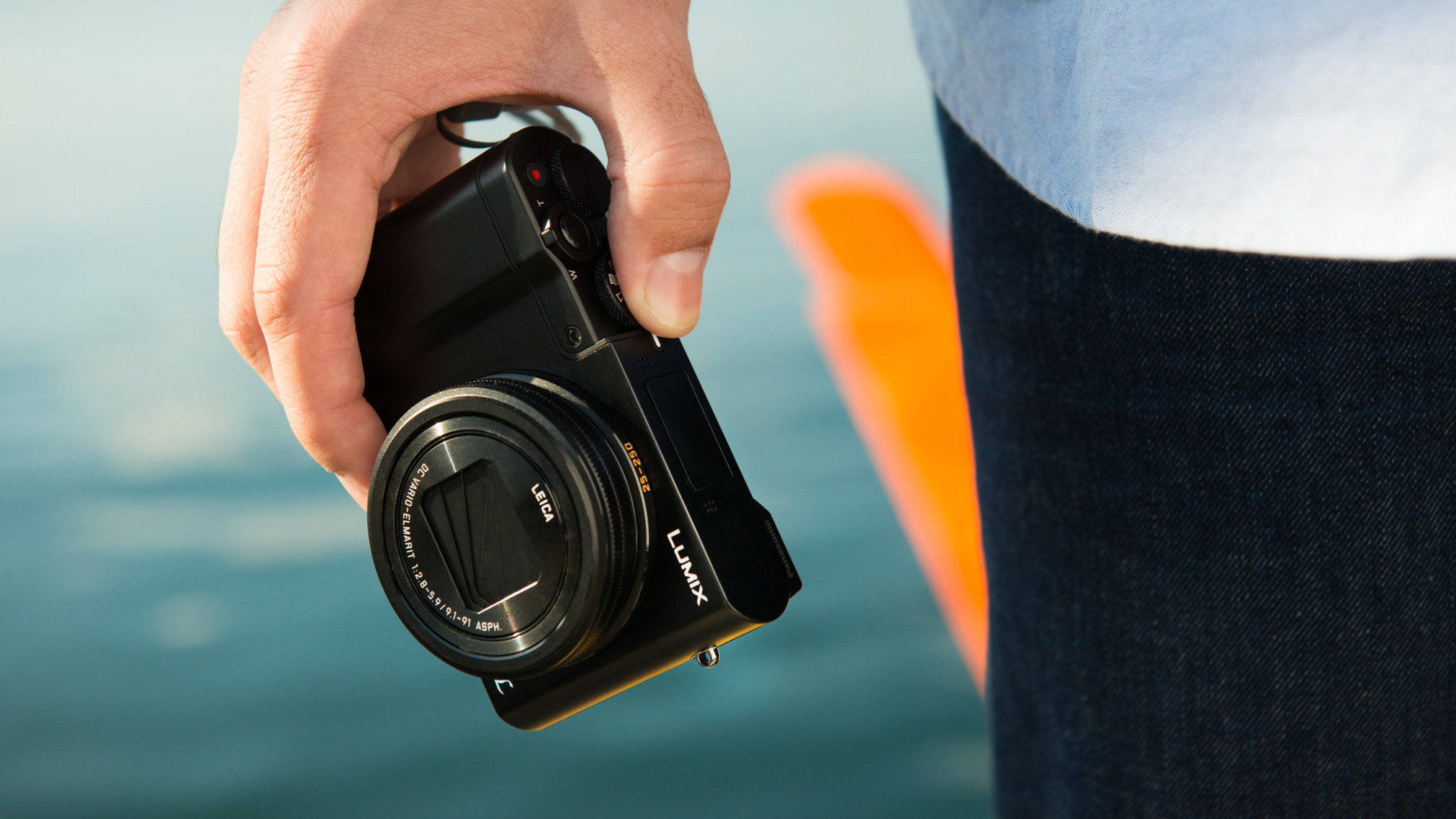
Similar in size to earlier ZS/TZ-series cameras, Panasonic however has managed to squeeze a much larger sensor into the ZS100 (TZ100 outside the US). This enables the pixels to be about 2.4x bigger than they are in models like the ZS50 / TZ70, and this helps the ZS100 produce much higher quality images. The zoom lens isn’t quite so extensive though, but you still get an electronic viewfinder that makes it easier to compose images in bright sunny conditions and in addition to 4K video recording, there’s Panasonic’s 4K Photo mode to help capture 8MP images of fleeting moments. It all adds up to be a powerful compact camera.
/ TZ100
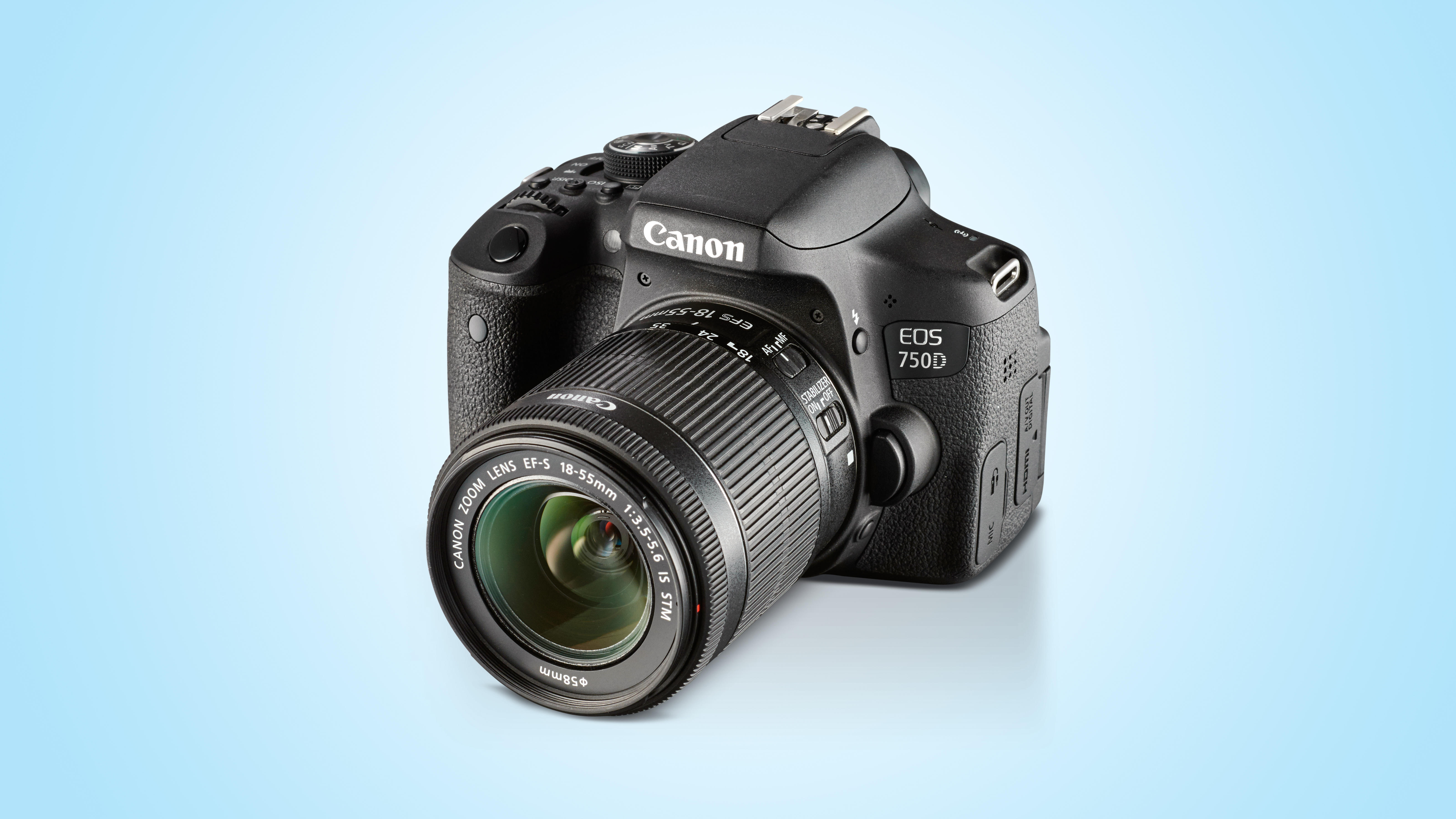
One of the best entry-level DSLRs out there, the EOS Rebel T6i (Called the EOS 750D outside the US) packs in a 24.2MP sensor that delivers stunning image quality and also receives much-improved autofocus and exposure metering systems over Canon’s older T5i / 700D, as well as built-in Wi-Fi with NFC pairing. Although outwardly similar to its T5i predecessor, that does mean you get the same articulating touchscreen to enjoy, allowing you to navigate the menus and make setting selections with you a few taps. With an excellent range of lenses, this is a great entry into the world of DSLR photography.
/ EOS 750D

Our final camera is a ‘bridge’ camera, a type that we don’t normally like very much because the ultra-zoom design forces the makers to use titchy 1/2.3-inch sensors the same size as those in point-and-shoot cameras. You get the look and feel of a digital SLR, but you certainly don’t get the image quality. But the Panasonic FZ1000 is different. It sacrifices a huge zoom range in favour of a much larger 1-inch sensor. It’s a compromise most serious photographers will applaud. You get a 16x 25-400mm effective zoom range, which is pretty handy even if it doesn’t match the 50x or 60x zooms of most bridge cameras, but you also get a massive jump in quality – this is the same size sensor you get in the Sony RX100 III. The FZ1000 also offers full manual and semi-manual controls, the ability to shoot raw files and 4K video. It’s big and pretty expensive, but it’s in a class of its own amongst bridge cameras.
Source: techradar.com









































